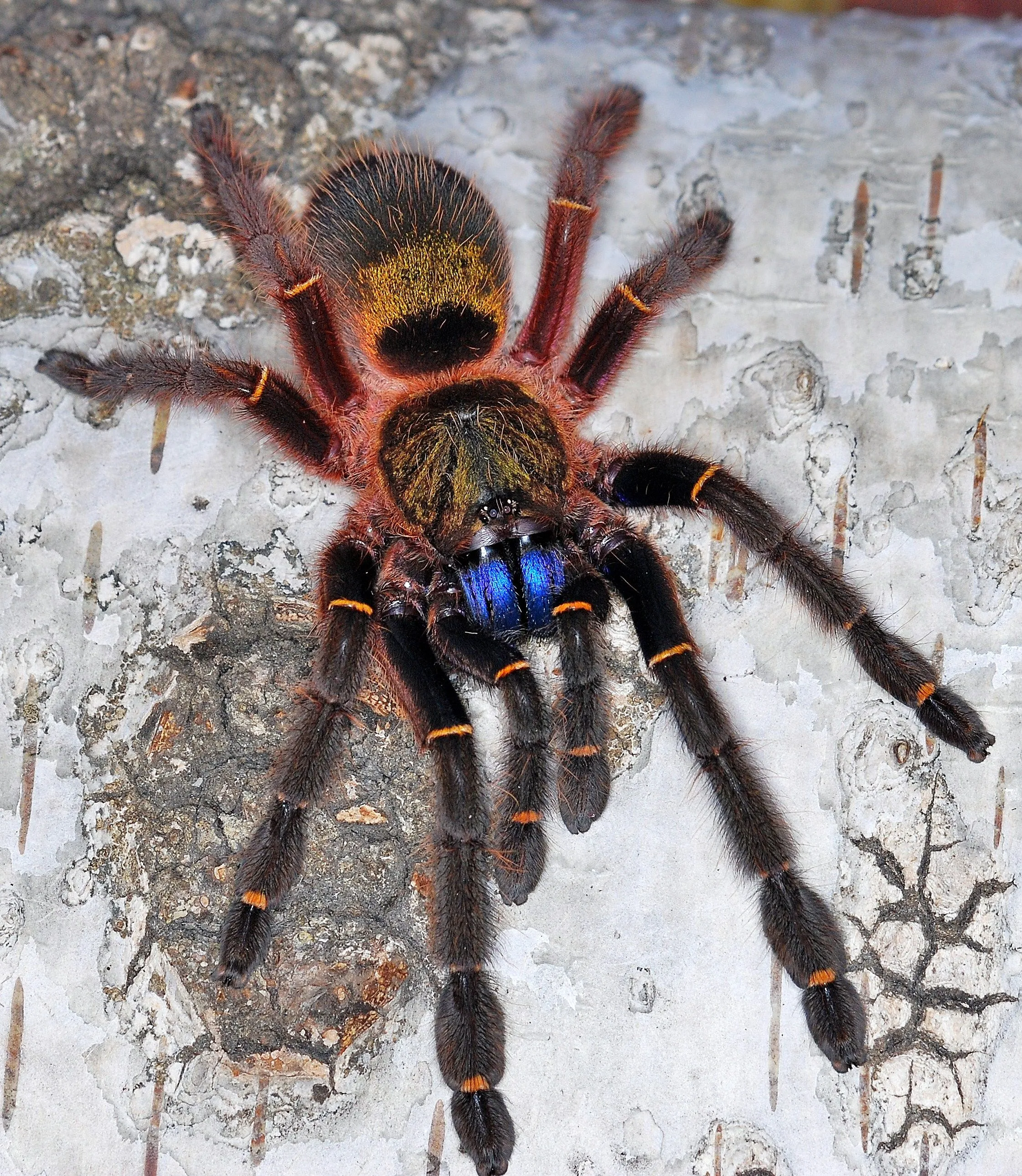Understanding the Blue Fang Tarantula Price
The Blue Fang Tarantula (Chilobrachys dyscolus) is a captivating pet, known for its striking appearance and relatively manageable care requirements. Prospective owners often inquire about the Blue Fang Tarantula price, which can vary significantly based on several factors. This guide provides a comprehensive overview of the costs associated with acquiring and caring for this fascinating arachnid. Understanding the price of a Blue Fang Tarantula is crucial for responsible pet ownership. It involves not only the initial purchase price but also the ongoing expenses of providing a suitable habitat, food, and necessary care to ensure the tarantula’s health and well-being. This guide will help you navigate the various factors that influence the Blue Fang Tarantula price.
Factors Influencing the Price of Blue Fang Tarantulas
Several elements contribute to the fluctuating Blue Fang Tarantula price. These factors can influence the cost from the moment you start looking for your new pet. Awareness of these elements will help you make informed decisions and understand the true investment involved in owning a Blue Fang Tarantula. The price isn’t just about the initial cost, it also reflects factors such as the tarantula’s age, size, and genetics which will play a crucial role to determine how much should you pay for it. Let’s dive into the elements that determine the price of a Blue Fang Tarantula.
Age and Size
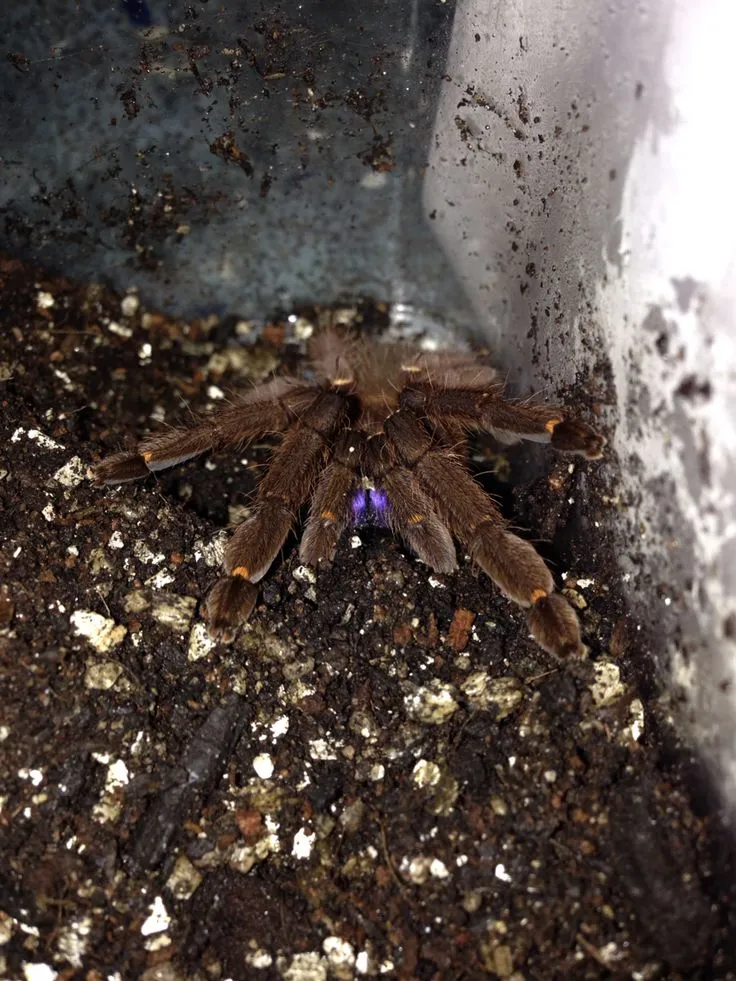
Generally, younger Blue Fang Tarantulas (spiderlings) are more affordable than older, larger specimens. The price increases as the tarantula matures because of the time and resources the breeder invested in it. Spiderlings are tiny and require very specific care, so the breeder’s expertise also factors into the price. Adult tarantulas, especially females, can be pricier due to their longer lifespan and potential for breeding. The size of the tarantula is also a key factor, with larger individuals commanding higher prices. This is because a larger tarantula implies a longer lifespan and often represents a more established and healthy specimen. Considering age and size is important when setting your budget, as they offer different pros and cons for the owner, from the ease of caring for a young one to the experience of an older one.
Morphs and Color Variations
While the Blue Fang Tarantula is known for its distinctive blue fangs, variations in color and pattern can influence the price. Some breeders specialize in specific color morphs, which may be more expensive than the standard variety. These morphs are often the result of selective breeding. The rarity of a particular morph also affects the price. If a certain color variation is in high demand but low supply, the price will naturally be higher. The popularity of specific colors can also be influenced by trends and social media attention. Before buying, consider the type of color you would like and do a price research. Sometimes, the cost difference may be worth the investment depending on your preference.
Origin and Availability
The origin of the Blue Fang Tarantula can affect its price. Tarantulas from reputable breeders who prioritize the health and genetics of their specimens often command higher prices. These breeders invest in providing optimal conditions for their tarantulas. They conduct health checks and offer some guarantees to new owners. The geographical location and availability also play a role. In areas where Blue Fang Tarantulas are less common, prices might be higher due to limited supply and increased shipping costs. Conversely, areas with a high concentration of breeders might offer more competitive pricing. The ease with which you can obtain a Blue Fang Tarantula will determine whether you will be paying more or less.
Breeding and Rarity
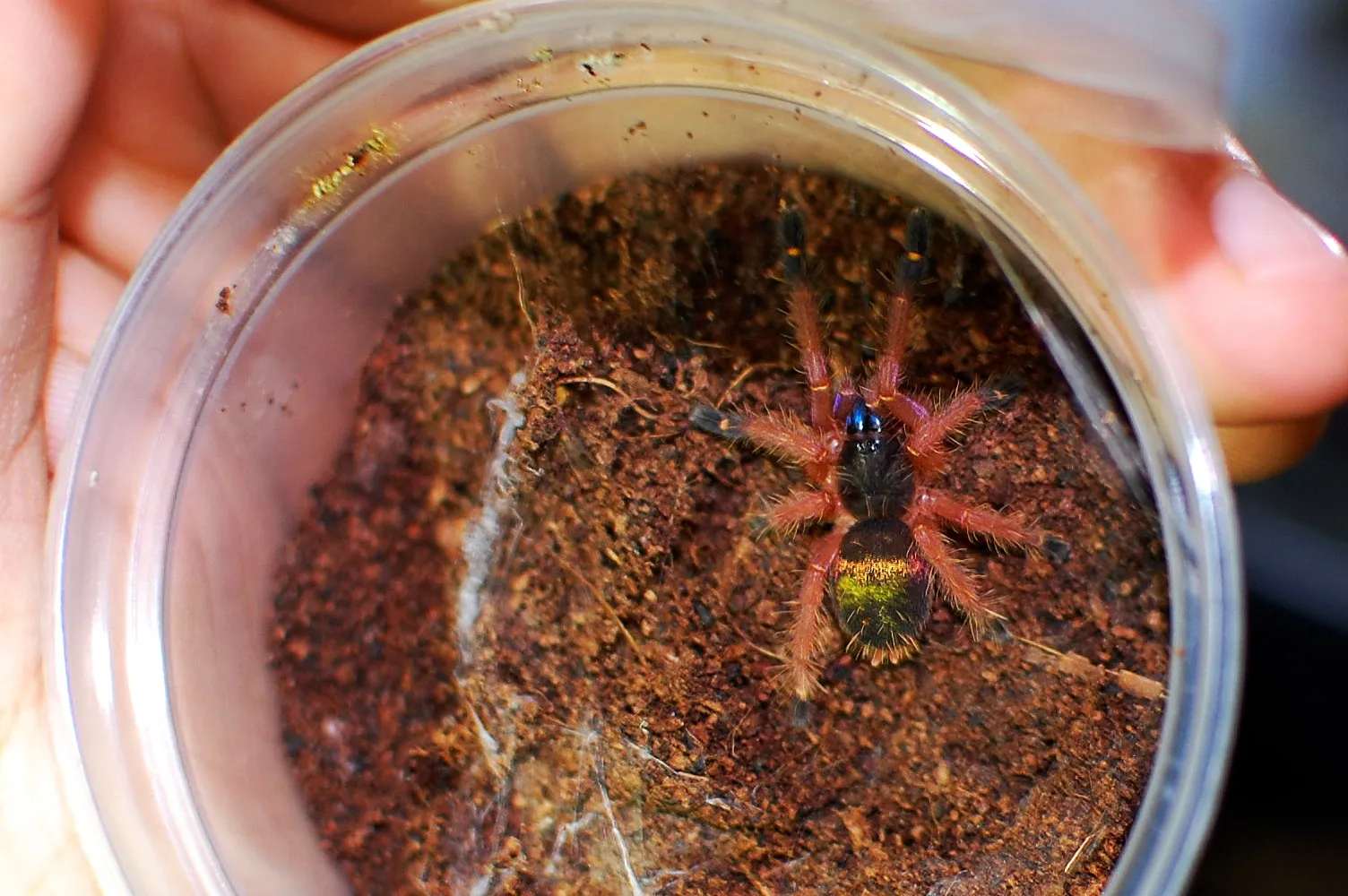
The breeding history and rarity of a Blue Fang Tarantula can influence its price. Captive-bred tarantulas are often preferred over wild-caught specimens, as they are typically healthier and better acclimated to life in captivity. If a tarantula has been bred from a line known for its desirable traits (such as vibrant colors or docile temperament), it may command a higher price. Rarity also plays a key role. Certain color morphs or variations are very rare. The rarity of a tarantula can be determined by the number of specimens that are around and how in demand they are.
Where to Buy Blue Fang Tarantulas & Their Prices
Finding a Blue Fang Tarantula involves exploring several avenues, each with its own pricing structures and advantages. Reputable sources ensure you receive a healthy tarantula while providing valuable information and support. Whether you choose a breeder, online retailer, or local pet store, the goal is to find a Blue Fang Tarantula that suits your budget, preference, and experience level. Research the different options available to make an informed decision.
Reputable Breeders
Buying from reputable breeders is often the best way to ensure you get a healthy and well-cared-for Blue Fang Tarantula. These breeders specialize in tarantulas, and they will give you a wide selection of Blue Fang Tarantulas. They invest in the health of their tarantulas, and they also understand the care, genetics, and behavior of these creatures. Reputable breeders typically have a strong reputation within the tarantula community. They are transparent about their breeding practices and are happy to answer your questions. Buying from a breeder is the best way to buy a Blue Fang Tarantula, although it might cost more, it is worth it.
Online Retailers
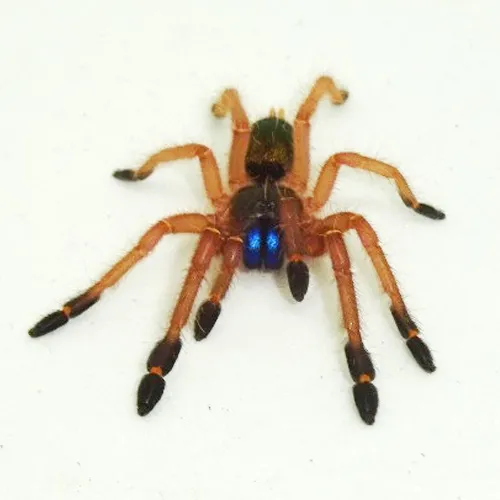
Online retailers offer a convenient way to purchase a Blue Fang Tarantula, with a wide selection of options. These retailers often have a broader inventory than local pet stores, and they can ship tarantulas directly to your door. However, it’s important to choose a reputable online retailer. Check reviews and ensure they have experience shipping live animals. Verify the seller’s policies on health guarantees and shipping practices. Also, consider the cost of shipping, which can add to the overall price. Remember, good research is the key to buy a healthy tarantula.
Local Pet Stores
Local pet stores may carry Blue Fang Tarantulas, providing an opportunity to see the tarantula in person before purchasing. This allows you to assess the tarantula’s health and behavior. However, the selection may be limited compared to breeders or online retailers. The prices can vary significantly, so compare prices with other sources to ensure you are getting a fair deal. The staff’s knowledge of tarantula care can also vary, so be prepared to ask detailed questions about the tarantula’s origin, care, and health. Buying a Blue Fang Tarantula from a local pet store could be a good option as you may not need to pay for shipping and you may see it yourself.
Average Blue Fang Tarantula Price Ranges
The Blue Fang Tarantula price is determined by a variety of factors, from the tarantula’s size to its color variation. Prices can fluctuate but, a basic understanding of the average cost can help you budget and anticipate expenses. Be aware that these prices are just estimates. The prices can vary a lot, but they are a good starting point for your research. You should always check the specific characteristics of the tarantula you are interested in and compare prices before committing to a purchase.
Initial Setup Costs
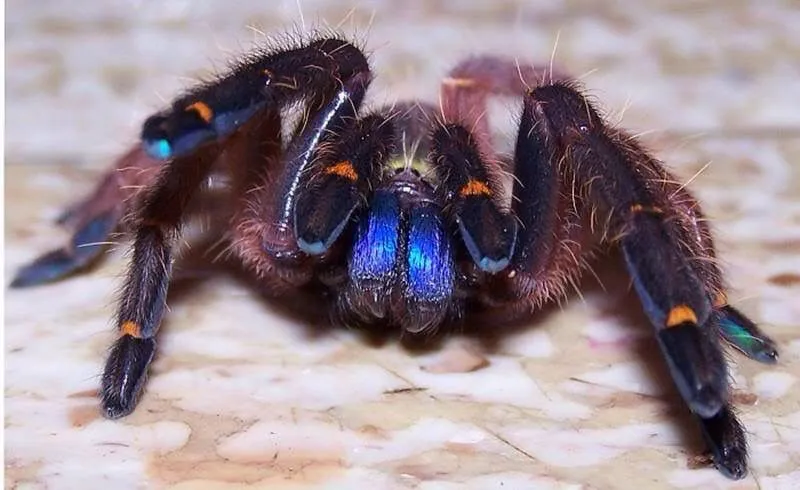
Before bringing your Blue Fang Tarantula home, you’ll need to set up its enclosure. The initial setup costs will vary depending on the size of the enclosure and the materials you choose. A suitable enclosure is crucial. It should be appropriately sized, and it should be made of a safe material. The enclosure must also have good ventilation. You’ll need substrate, such as coco fiber or peat moss, to provide a comfortable environment. The substrate should be deep enough for the tarantula to burrow. You also need to include a water dish, decorations, and any necessary heating or lighting equipment. Initial setup costs can range from $50 to $200, depending on the size of the enclosure and the accessories you choose. Plan carefully and purchase the essential equipment first to avoid unnecessary expenses.
Ongoing Care Expenses
Caring for a Blue Fang Tarantula involves ongoing expenses. The most significant costs are related to food and substrate replacement. Tarantulas need to be fed regularly, typically with insects like crickets or mealworms. The cost of food will vary depending on the size of your tarantula and the type of insect you choose. Substrate needs to be replaced periodically to maintain a clean and healthy environment. The frequency of replacement will depend on the type of substrate and the size of the enclosure. Other expenses may include occasional vet visits. Also, it is possible the price of heating or lighting equipment which may need to be replaced. Budgeting for these ongoing costs is essential to ensure you can provide your tarantula with the care it needs throughout its life. These expenses may vary from month to month, but they should be considered when considering the total cost of ownership.
Tips for Saving Money on Blue Fang Tarantulas
Owning a Blue Fang Tarantula can be an enjoyable experience. You can adopt several strategies to save money on the initial purchase and ongoing care. Buying a smaller spiderling is the best way to start, since it is usually cheaper. These younger tarantulas cost less, and give you the chance to see them grow. When purchasing supplies, consider buying in bulk. Purchasing substrate, food, and other necessities in larger quantities can reduce the per-unit cost. Another way to save money is by comparing prices from different vendors before making a purchase. Make sure that the quality is as good as the cheaper option. You can also focus on essential items first and add extra decorations later. There are many ways to enjoy your Blue Fang Tarantula while keeping your expenses in check.
Conclusion
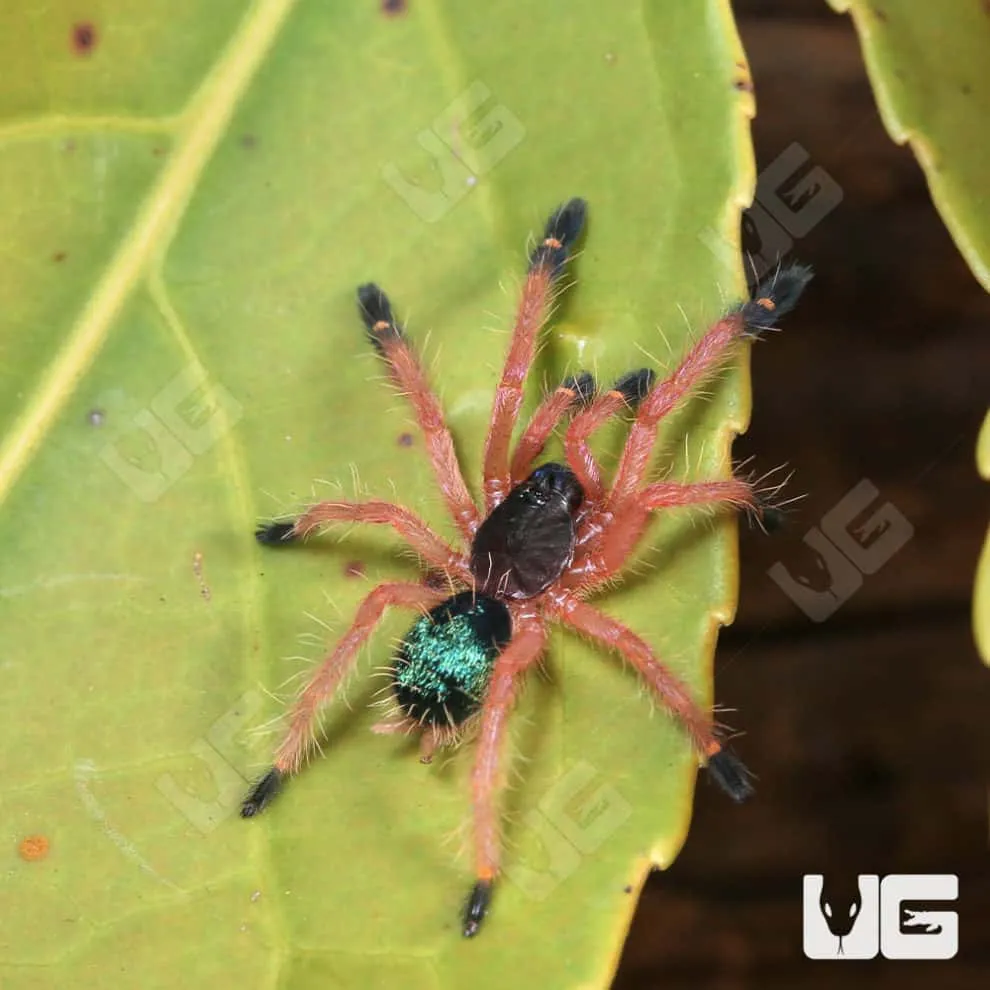
The Blue Fang Tarantula is a fantastic pet, and knowing the Blue Fang Tarantula price is crucial to become a responsible owner. The cost includes not just the initial purchase price, but also the ongoing costs related to its care. The price is affected by a range of factors, including the tarantula’s age, its size, and its origin. Whether you are looking for a spiderling from a local breeder, or an adult from an online retailer, understanding the price will help you make an informed decision. Careful planning and research will ensure that you are providing your Blue Fang Tarantula with the best possible care. With the proper knowledge, the costs associated with this fascinating creature will be worth the investment.
